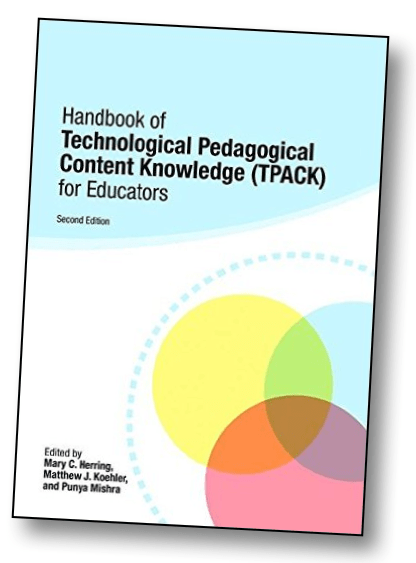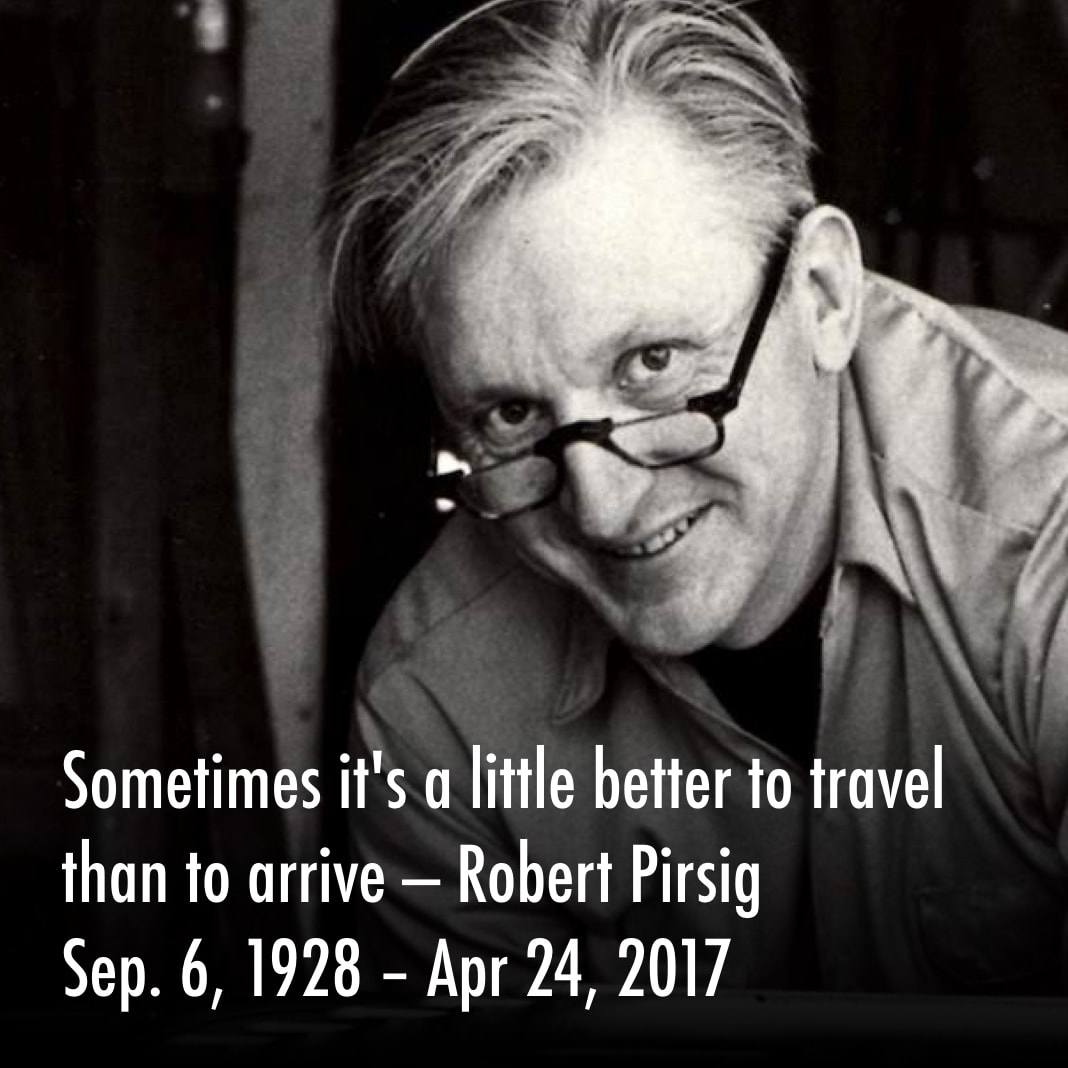I don’t know if anyone has been following the back and forth following my posting about the Periodic Table of Typefaces (see Yet another periodic table…). In brief, I was quite critical of the design of this table and made that point in no uncertain terms. Imagine my surprise at receiving a wonderful note from the Camdon Wilde (the designer of the table) which led to quick back and forth between us. It was a wonderfully pleasant conversation and I am very appreciative of Camdon’s grace.
I was telling my wife about this, reading through my posting, and the comments back and forth… and it struck me just how cool this entire episode was. To connect with another person, someone I have never met, building on mutual respect and openness, was beautiful in being unexpected. And it could not have happened without this wonderful technology called the Web! How very cool is that.





HER… I mean HER! haha
E-mailed Leigh. Of course I’d love to talk to him.
This is getting way beyond cool! If the interview is archived I could see it as something I could use in my teaching as well. Make it happen, Leigh 🙂
If you have time Cam – email me — I would love to do a skype chat/interview for my students (and the world at large) sometime if you can work it into your schedule!
gravesle@msu.edu
I keep telling trying to express to Punya how much this conversation has meant to me personally. As of right now I’ve got approximately 29,000 views on the original posting of the design on Behance.net, countless blogs linking to the large version hosted on me and my partners business site, other blogs linking to those blogs referring to the design, a Cal Tech professor wanting to include the design in next year’s 5th edition of “Visual Communication Images with Messages” text book (sorry Punya, that fact probably has you squirming! haha), librarians wanting to have prints for their walls, and countless e-mailed requests for prints and the most memorable part of this whole ordeal (yes, it is now starting to become an ‘ordeal’) is Punya’s critique and our subsequent conversation.
Thank you too, Leigh for your comment. I’d be hard pressed to figure out when I’ve ever been a “stellar example” for anything and it makes me feel fantastic to hear something like that and be part of “required reading!”
Punya, you said above exactly what I’ve been thinking. Funny too is the fact that I dragged my wife over to the computer to read your post and our talk. Very very cool indeed.
You know I love the web too — and this is exactly why.
This exchange of ideas took place out in the open, in the past, I would have never had the opportunity to participate (even as just a fly on the wall) in this exchange. There is an even better chance that this exchange may have never happened at all!
Your conversation with Camdon is a stellar example of how to give and take criticism. It is now on my required reading list for this summer. So often criticism, even well constructed criticism, is seen as a threat. Camdon embraces and responds to the criticism masterfully, letting us in on the design process and issues he struggled with as a designer. He also mentions the overwhelming positive response to his work — many would rest on their laurels saying “well, everyone else loves it” — but Camdon “I was really digging and searching for the negative postings just so I wouldn’t feel like I was crazy!” This is the spirit I want to foster with my students.
Thank you both for allowing me to be a fly on the wall!
As a funny interconnected side note – Camdon’s table was featured on Lifehacker this morning 🙂
http://lifehacker.com/5169304/periodic-table-of-typefaces-schools-you-on-font-basics